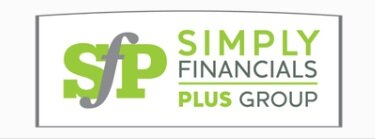Are you manually entering data into your accounting system? If so, there may be a way to enter that data that’s faster, cheaper, and better. Data entry automation has come a long way. Here are five common ways to automate data entry so that it no longer has to be manually entered.
1. Bank feeds or online banking
If you’re still entering your bank transactions, the good news is you have an opportunity to save a significant amount of time and money on your accounting. Almost all banks and many credit unions provide interfaces with your accounting system so that checking account, savings account, and credit card transactions can be automatically entered directly into your accounting system. There are two ways to do this:
a. The older way is through online banking which can be started by working with both your accounting system and the bank. The fee is usually $25 per month, with additional fees for bill pay.
b. The brand new, more modern and completely free way is through bank feeds, which are available when you move to a cloud accounting system such as QuickBooks Online or Xero. Bank feeds are not available in desktop accounting systems.
2. A smart scanner
If a lot of paper flows across your desk, you can scan it in using a smart scanner that can parse the document and enter it straight into your accounting system. You will usually have a chance to edit and accept the data, which is far better than entering it from scratch.
3. Import and export functions
If you need to get data from one place to another, such as from a point of sale system to an accounting system, then using the export and import features of the software may be the most efficient method. There are also software apps that help you scrub the data and get it ready for the receiving system.
If you ever convert from an old accounting system to a new accounting system, this method will come in handy to get you historical data moved.
4. Interfaces and programmers
If you have a high volume of transactions that need to move from one place to another on an ongoing basis, it may make the most sense to employ programmers who can build an interface. Alternately, some systems can talk to each other already; they just need to be plugged into each other correctly.
5. Smartphones, tablets, and field service hardware and software
If your sale occurs out in the field, don’t wait to get the data into your system when you get back to the office. You may be able to complete the sale right out in the field, so that when you get back to the office, you can call it a day instead of keying in the day’s work.
Mobile accounting apps are where to look for this form of data entry automation.
No more manual data entry
In 2015, consider taking on the goal of no more manual data entry. If we can help, let us know.
